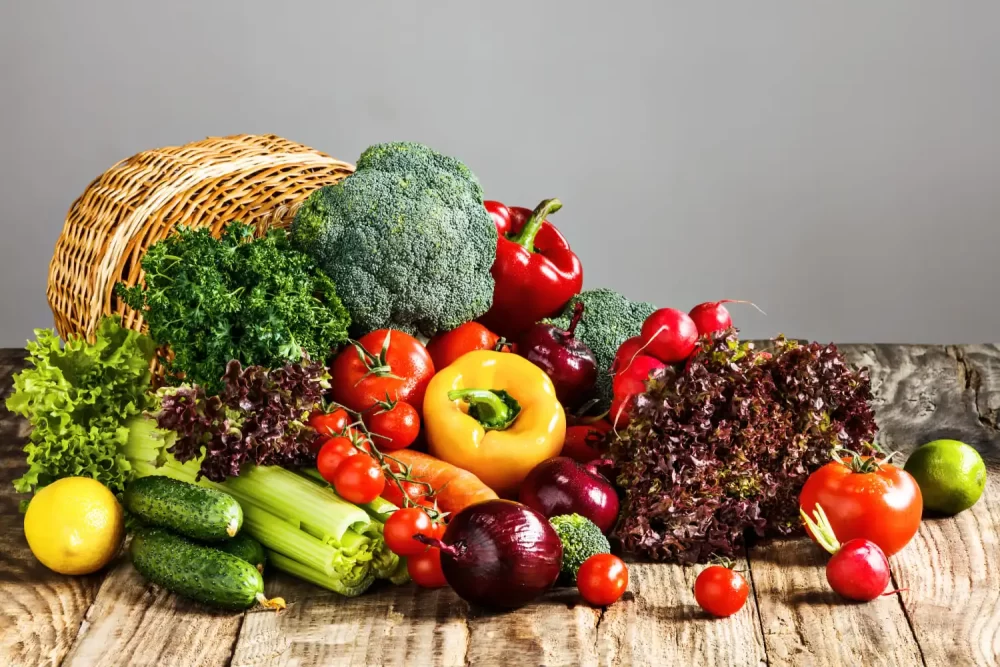Have you ever heard of lactose intolerance? Lactose intolerance is a gastrointestinal disorder that occurs due to lack of lactase enzyme production in the small intestine. There are many types of lactose intolerance such as primary and secondary lactose intolerance.
Lactase is a digestive enzyme to break down lactose into simple sugars, namely glucose and galactose. Undigested lactose enters the large intestine and then fermented by microorganisms, leading to gas production and digestive symptoms.
Type of Lactose Intolerance
Lactose intolerance can be caused by various factors. Based on its causes, lactose intolerance is divided into several types:
1. Primary Lactose Intolerance
In primary lactose intolerance, the production of lactase enzymes gradually declines with increasing age.
2. Secondary Lactose Intolerance
Secondary lactose intolerance occurs because of decreased lactase production caused by diseases damaging the small intestine, such as Crohn’s disease, celiac disease, intestinal infections, and inflammation.
3. Congenital Lactose Intolerance
This condition results from genetic abnormalities inherited from parents, leading to decreased or absent lactase enzyme production in infants.
4. Developmental Lactose Intolerance
This type of lactose intolerance is caused by an underdeveloped intestine. It is commonly seen in premature infants. This condition often improves with increasing age.
In this article, let’s delve deeper into secondary lactose intolerance. What are the symptoms, and how is it treated? Let’s find out!
What are The Symptoms of Secondary Lactose Intolerance?
The symptoms of secondary lactose intolerance are similar to those of other types of lactose intolerance, including:
- bloating
- abdominal pain
- nausea
- vomiting
- diarrhea
- frequent flatulence
However, since secondary lactose intolerance is caused by other diseases, it may be accompanied by symptoms of the underlying conditions.
Rotavirus and Giardia are organisms that often infect the digestive tract, leading to damage to the small intestine. Infants and children are most commonly affected by Rotavirus and experience symptoms such as nausea, vomiting, diarrhea, and fever.
Secondary lactose intolerance can also be caused by celiac disease and Crohn’s disease. Celiac disease is gluten intolerance. Gluten is a protein commonly found in breads, cereals, pasta, and biscuits. In addition to lactose intolerance symptoms, individuals with celiac disease may also experience constipation, weight loss, skin rash, and anemia.
Meanwhile, Crohn’s disease is inflammation that occurs in the digestive tract, disrupting the production of the lactase enzyme. Symptoms of Crohn’s disease include abdominal pain, diarrhea, bloating, fever, weight loss, and anemia. In more severe conditions, it can be accompanied by sores around the anus.
How to Diagnose Secondary Lactose Intolerance?
If you experience diarrhea, bloating, frequent flatulence, nausea, and vomiting after consuming milk or dairy products, you may be suffering from lactose intolerance. To confirm this condition, you have to see a doctor.
Doctor will ask about your symptoms, your medical history, and the history of foods and beverages you’ve consumed. Subsequently, a physical examination of the abdomen will be conducted by the doctor. If necessary, additional tests may be recommended.
To confirm the diagnosis, the doctor may recommend further tests, including:
1. Blood tests
To check for signs of infection, anemia, or other related conditions.
2. Stool tests
To detect lactose intolerance markers or signs of infection.
3. Endoscopy
To examine the condition of the digestive tract and identify any damage.
4. Intestinal Biopsy
Intestinal biopsy is a procedure where a sample of tissue from the intestine is taken and analyzed to determine if there are any issues or damage to the intestinal tissue.
This diagnostic method provides valuable information to understand the condition of the intestines and confirm or rule out certain gastrointestinal disorders, including conditions like lactose intolerance.
How is Secondary Lactose Intolerance Treated?
Secondary lactose intolerance is usually temporary. If the underlying disease is addressed, symptoms of lactose intolerance will also improve. Therefore, in secondary lactose intolerance, it is crucial to identify the root cause.
To prevent symptoms from worsening, patients need to avoid products containing lactose. Some products with lactose include:
- Cow and goat milk
- Dairy products like cheese, butter, ice cream, and yogurt
- Products using milk as an ingredient, such as bread, cakes, cookies, and biscuits.
To meet the nutritional needs found in milk, you can choose low-lactose or lactose-free milk such as cashew milk.
Arummi’s Recommendation: Cashew Milk is a Good Lactose-Free Milk Choice
Choose milk is lactose-free, but still nutritionally complete and delicious. Cashew milk from Arummi is one of the best choice. Let’s get the cashew milk at your nearest supermarket!









































